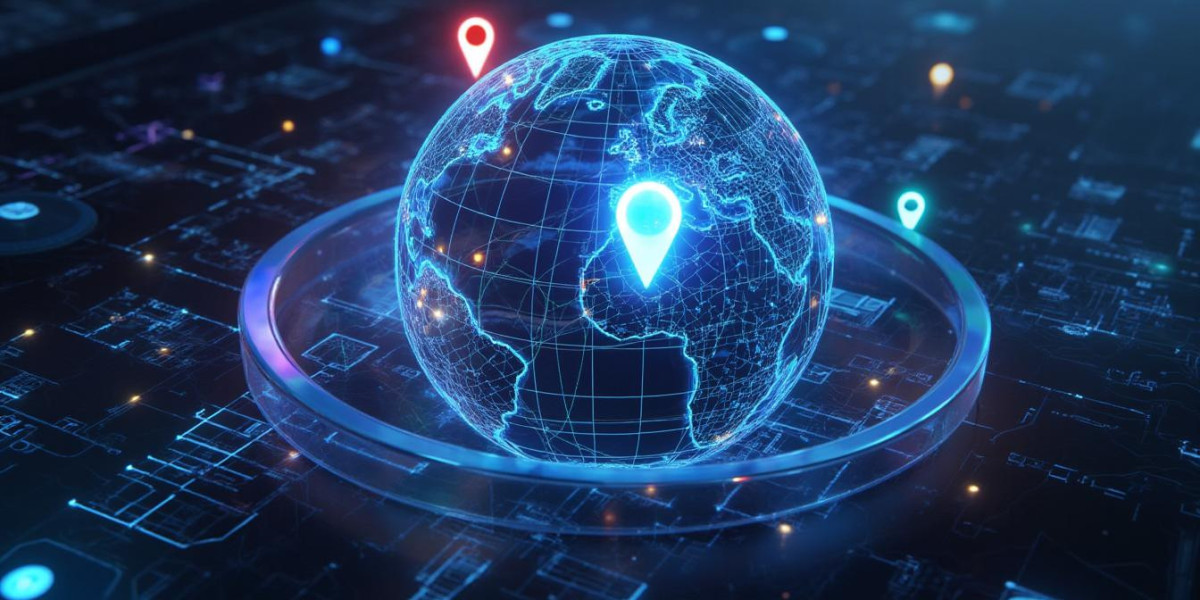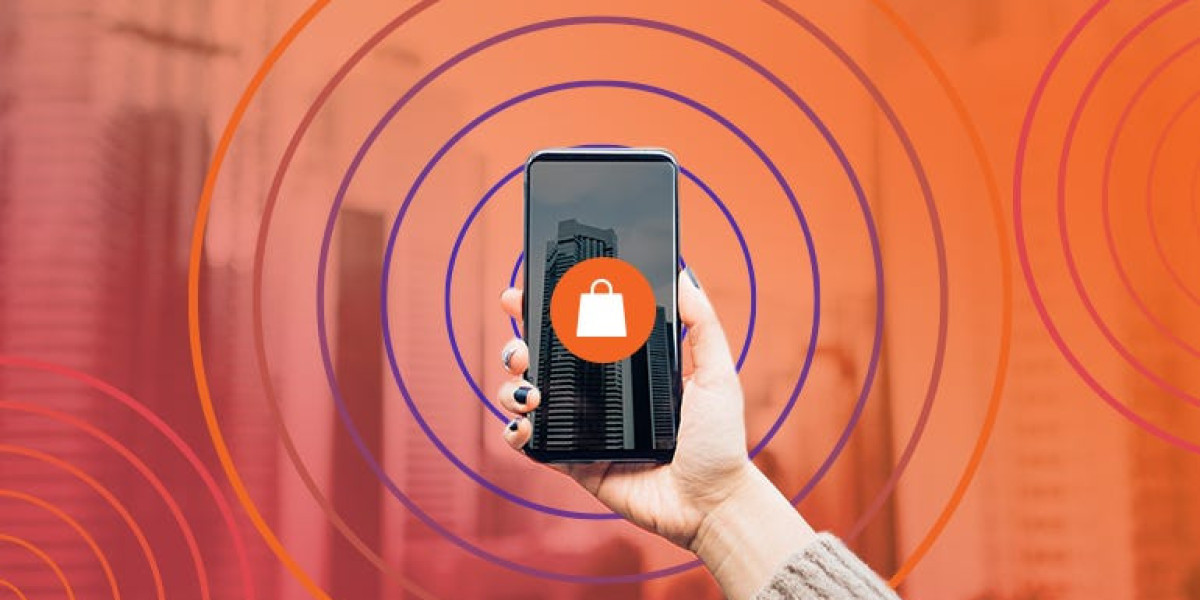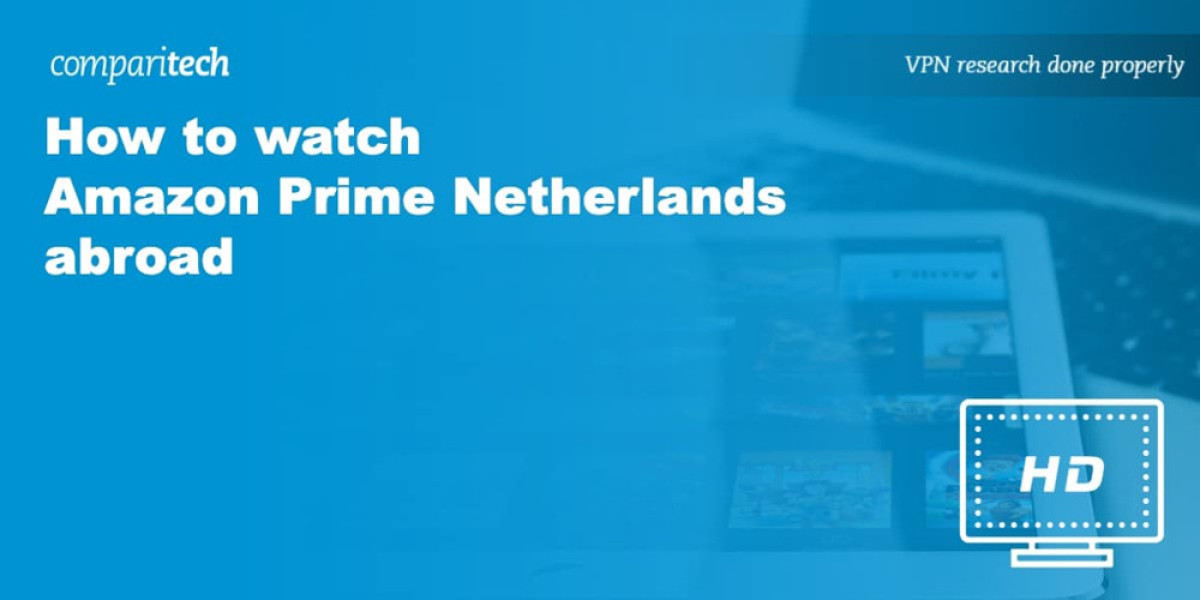Introduction
In today’s fast-paced digital world, businesses are under constant pressure to deliver measurable marketing results. Every advertising dollar needs to be tracked, optimized, and justified in terms of returns. Traditional broad marketing approaches are no longer enough; brands need precision, personalization, and performance-driven solutions to stay ahead of competitors. This is where GEO Services come into play.
GEO Services—also known as location-based marketing solutions—allow businesses to reach customers based on their geographic location, movement patterns, and behavioral data. By leveraging real-time location intelligence, marketers can craft hyper-personalized campaigns, improve customer engagement, and boost ROI significantly.
At Adomantra, we believe that the future of marketing lies in precision targeting. GEO Services empower brands to deliver the right message, at the right time, to the right audience. In this blog, we will explore how location-based marketing can transform ROI, the strategies businesses can use, and why adopting this technology is no longer optional but essential for growth.
1. What Are GEO Services?
GEO Services are location-based technologies that use GPS, Wi-Fi, Bluetooth, or mobile network data to identify a user’s location. They allow marketers to deliver personalized experiences based on where a customer is, where they have been, and even where they are likely to go.
Types of GEO Services:
Geofencing: Creating a virtual boundary around a location (e.g., a store, mall, or event) and sending alerts or offers when users enter the area.
Beacons: Small devices placed in physical locations to send notifications to nearby mobile users.
Geo-targeting: Delivering ads to users based on city, region, or neighborhood.
Geo-conquesting: Targeting customers when they are near competitor locations with better offers.
These services help businesses integrate digital marketing with real-world movements, making campaigns more relevant and impactful.
2. Why Location Matters in Marketing
Customer behavior is heavily influenced by geography. A coffee shop near a metro station, a retail outlet in a shopping mall, or a food delivery service in a busy residential area—all rely on location data to capture customer attention.
Relevance: Ads are shown when they matter most (e.g., a clothing sale when someone walks near a mall).
Engagement: Customers respond better to offers that are location-specific.
Conversion: Real-time targeting increases the chances of purchase.
Customer Experience: Personalized offers create loyalty and brand affinity.
In essence, location-based marketing bridges the gap between digital touchpoints and physical presence, ensuring campaigns resonate deeply with customers.
3. How GEO Services Improve Marketing ROI
a) Precision Targeting
Instead of wasting resources on mass advertising, GEO Services allow marketers to narrow down audiences by pin code, neighborhood, or even a 500-meter radius. This ensures higher engagement at lower costs.
b) Reduced Wastage of Ad Spend
By reaching only the most relevant audience, businesses minimize wasted impressions and clicks, ensuring every rupee spent contributes to ROI.
c) Real-Time Engagement
Customers receive offers exactly when they are nearby and most likely to convert. For example, Adomantra helped a retail brand achieve a 40% increase in footfall through geofenced offers.
d) Data-Driven Insights
GEO Services provide location analytics that help businesses understand foot traffic, dwell time, and purchase patterns, which can further optimize campaigns.
e) Personalization at Scale
Location-based campaigns can be customized for each region, cultural preference, and even seasonal behavior, leading to stronger customer connections.
4. Use Cases of GEO Services Across Industries
Retail & E-commerce
Send instant discounts when users walk past a store.
Track offline-to-online conversions.
Travel & Hospitality
Target travelers with hotel deals near airports.
Offer guided tours and location-based experiences.
Food & Beverages
Send lunch-hour discounts when users are near outlets.
Engage with delivery-based customers in specific neighborhoods.
Healthcare
Notify patients about nearby clinics or pharmacies.
Target audiences during health-awareness campaigns.
Real Estate
Send property ads to users near specific localities.
Use location data to understand demand zones.
Education & Training
Promote local coaching centers or institutions.
Target students around university campuses.
With Adomantra’s GEO Services, businesses from diverse industries have already seen remarkable improvements in engagement and ROI.
5. Strategies to Maximize ROI with GEO Services
a) Combine Online and Offline Marketing
Link physical store visits with digital campaigns for seamless tracking.
b) Optimize Ad Timing
Send location-based offers at the right time of day—morning coffee ads near workplaces, dinner offers near residential areas.
c) Segment Audiences
Use micro-segmentation by city, lifestyle, or travel pattern to increase relevance.
d) Leverage Retargeting
Re-engage customers who visited a store but didn’t purchase.
e) Competitor Targeting
Use geo-conquesting to divert potential customers from competitors to your brand.
f) Integrate with Social Media
Platforms like Facebook and Instagram offer powerful location-based ad options that can amplify campaign reach.
6. Measuring the ROI of GEO Services
To justify investment, marketers must measure performance effectively. Key metrics include:
Store footfall increase
Conversion rates
Engagement rate (clicks, opens, interactions)
Sales lift during campaigns
Cost per acquisition (CPA) reduction
Adomantra’s advanced reporting tools help businesses track these metrics in real time, ensuring campaigns stay optimized for maximum ROI.
7. Challenges and How to Overcome Them
Privacy Concerns: Always ensure compliance with GDPR and data protection laws.
Technology Integration: Work with experienced partners like Adomantra for seamless setup.
Data Accuracy: Use verified location data to avoid errors in targeting.
By addressing these challenges, businesses can confidently adopt GEO Services for sustainable growth.
8. The Future of Location-Based Marketing
As AI and 5G expand, GEO Services will evolve further:
Predictive targeting based on user movement patterns.
Integration with augmented reality for immersive experiences.
Smarter real-time personalization.
Adomantra is investing heavily in these future-ready solutions to help businesses stay ahead in the competitive marketing landscape.
Conclusion
In a digital-first economy, relevance is everything. GEO Services have transformed how brands interact with customers, moving from generic campaigns to highly contextual, location-based engagements. By leveraging location intelligence, businesses can reduce ad spend wastage, boost conversions, and maximize ROI.
Adomantra stands at the forefront of this revolution, delivering cutting-edge GEO Services that empower businesses to create meaningful, profitable customer interactions. For any brand looking to scale with precision and impact, location-based marketing is not just an option—it is the future.
Frequently Asked Questions (FAQs) on GEO Services
1. What are GEO Services in digital marketing?
GEO Services are location-based technologies that use GPS, Wi-Fi, or mobile networks to identify a user’s location. They allow marketers to deliver personalized ads and offers to customers based on where they are, improving relevance and increasing ROI.
2. How do GEO Services help increase marketing ROI?
By targeting only the most relevant audience in specific locations, GEO Services minimize wasted ad spend and improve engagement. Campaigns become more personalized, leading to higher conversions and better ROI compared to broad, untargeted marketing.
3. What is the difference between geo-targeting and geofencing?
Geo-targeting delivers ads to users in a defined area such as a city, region, or neighborhood.
Geofencing creates a virtual perimeter around a specific place, like a store, and triggers ads or alerts when users enter that zone.
4. Can small businesses benefit from GEO Services?
Absolutely. GEO Services are not limited to big corporations. Small businesses like restaurants, gyms, salons, and local shops can use them to attract nearby customers with location-based promotions, increasing walk-ins and sales.
5. What industries use GEO Services the most?
Industries such as retail, travel, hospitality, food and beverages, healthcare, education, and real estate are among the biggest adopters. Each industry uses GEO Services differently to connect with audiences at the right time and place.
6. Are GEO Services expensive to implement?
The cost depends on campaign size, technology used, and platforms selected. However, compared to traditional mass advertising, GEO Services are cost-effective because they reduce waste and ensure higher returns from every marketing dollar.
7. Do GEO Services raise privacy concerns?
Yes, privacy is a concern if location data is misused. However, when businesses follow data protection regulations like GDPR and ensure transparency with users, GEO Services can be used responsibly and ethically.
8. How accurate are GEO Services in targeting customers?
Accuracy varies depending on the technology. GPS can pinpoint locations within a few meters, while Wi-Fi and cell towers provide broader ranges. Combining multiple data sources improves accuracy for better targeting.
9. What is geo-conquesting?
Geo-conquesting is a strategy where brands target customers near a competitor’s location and send them alternative offers. For example, a coffee chain may target users close to a rival café with special discounts.
10. How do GEO Services integrate with mobile marketing?
GEO Services integrate seamlessly with mobile marketing by using push notifications, SMS alerts, in-app ads, and social media campaigns triggered by user location. This makes mobile devices the perfect medium for real-time engagement.
11. Can GEO Services be used for online-only businesses?
Yes. While GEO Services are highly effective for physical stores, online businesses can also use them to target users in specific regions with customized offers, language preferences, and delivery-based promotions.
12. How can GEO Services help in customer retention?
By analyzing location behavior, businesses can send personalized loyalty rewards, remind customers of past visits, and offer region-specific discounts. This creates stronger customer relationships and boosts long-term retention.
13. What metrics are used to measure the success of GEO Services?
Key performance indicators (KPIs) include:
Store footfall increase
Conversion rate improvement
Engagement rate (clicks, opens, interactions)
Sales uplift during campaigns
Reduced cost per acquisition (CPA)
14. What role does Adomantra play in GEO Services?
Adomantra provides advanced GEO Services that help businesses design, execute, and optimize location-based campaigns. With expertise in digital marketing and real-time analytics, Adomantra ensures brands achieve maximum ROI from their campaigns.
15. What is the future of GEO Services in marketing?
The future will involve AI-driven predictive targeting, real-time personalization, augmented reality experiences, and deeper integration with 5G networks. GEO Services will continue to evolve, making marketing more precise and immersive.








